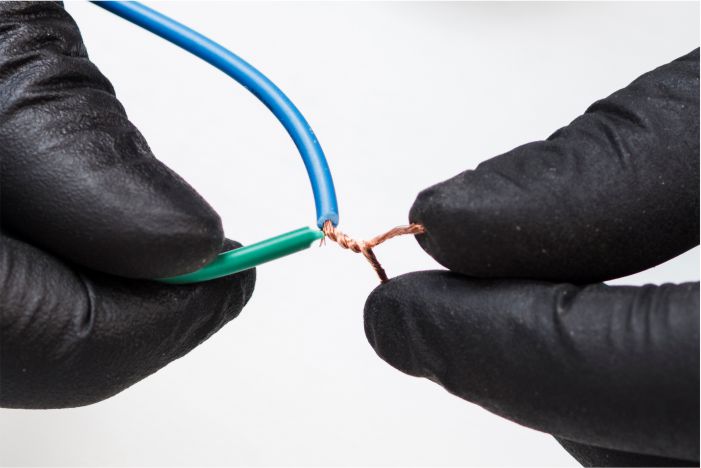Load reduction with an electricity service provider involves strategies to decrease the electrical demand on the power grid, especially during peak times. This can be achieved through various methods such as demand response programs, where consumers are incentivized to reduce or shift their electricity usage during peak periods. Installing energy-efficient appliances and implementing smart grid technologies also contribute to load reduction. Service providers may offer time-of-use pricing, encouraging customers to use electricity during off-peak hours. Additionally, integrating renewable energy sources and energy storage systems can help balance supply and demand. Effective load reduction not only enhances grid stability and reliability but also helps in lowering energy costs and reducing environmental impact.

Statutory compliances with an electricity service provider refer to the legal obligations and regulations that individuals or organizations must adhere…

Helping with registrations for an electricity service provider involves assisting individuals or businesses in the process of applying for and…

Reconnecting electricity before or after a permanent connection typically involves restoring power to a property that has been disconnected, either…

Surrendering an electricity connection involves formally terminating the service with the electricity provider. This process begins when the customer submits…



